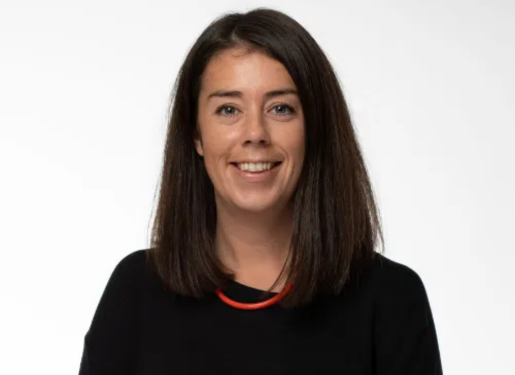Q&A with Charlotte Garven, Associate, Price & Myers

Why is it important that the UK’s property, planning and sustainability sectors come together at FOOTPRINT+?
None of us have any chance of overcoming the challenges of climate change and environmental degradation, and reducing the construction industry’s impact on these events, if we act in siloes. Open and transparent collaboration is the key to amplifying our efforts and expediting our successes. Footprint is one of the significant meeting places for discussion and collaboration.
What did you hear about / experience at our last year’s event which has made you want to come back?
We have attended all the FOOTPRINT+ conferences in Brighton and we are looking forward to participating once again, this time in London. Price & Myers has benefited from the opportunity to learn what others are doing to confront the challenge of climate change and environmental degradation. We have also taken the opportunity to share what we have learned, believing that shared knowledge is key to accelerating solutions. FOOTPRINT+ has been a valuable locus for that knowledge.
When you attend FOOTPRINT+ in May 2024 what will you be sharing with conference delegates, policy makers, your partners, and your industry peers?
Employing Passivhaus and EnerPhit design methodologies is a proven way to reduce the environmental impact of new build and retrofit construction. Doing so in a sensitive heritage context presents challenges that sometimes discourage their use. This year we are joining with St Edmund’s Hall, architects Wright & Wright, and environmental engineers Max Fordham to present a review of our project at St Edmund’s Hall, Oxford. The project provides high quality accommodation for 128 students in a new campus facility in Norham Gardens. We’ll be looking at how these methodologies can be used sympathetically within historic areas like North Oxford.
What are you looking to get out of the FOOTPRINT+ event?
FOOTPRINT+ is a chance for us to reacquaint ourselves with old friends and meet some new ones, to learn what progress has been made since the last conference, and to share knowledge that can help us tackle the greatest moral challenge of our age. It can serve as a spur to our own enquiries and inspire others to come along with us.
)
)